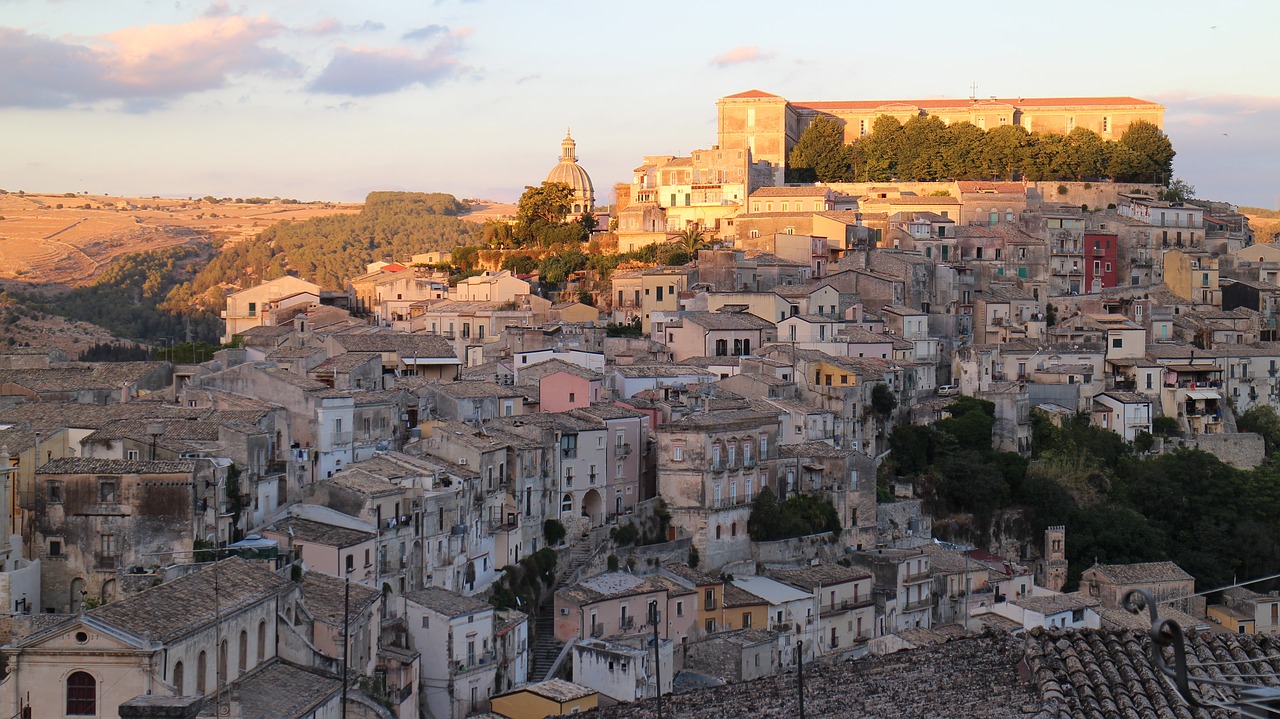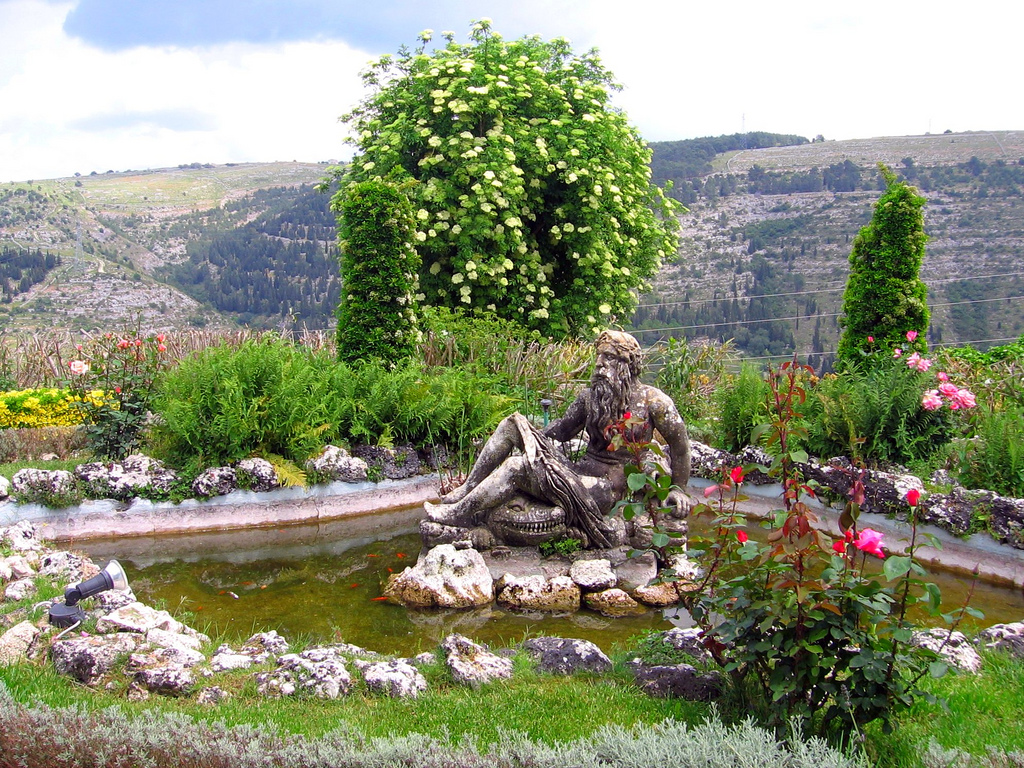The most beautiful attractions of Ragusa
GRAND TOUR BLOG | 9 October 2020

The most beautiful attractions of Ragusa

The beautiful Ragusa
Ragusa is located in the southeastern part of the Sicily precisely in the Val di Noto: it is one of the Sicilian capitals.
Ragusa is a city with a lovely historic center in style Baroque. E’ located in an area full of many natural and architectural beauties all to visit.
It stands on Monti Iblei next to the river Irminio: its mouth is part of the nature reserve located between Marina di Ragusa e Donnalucata.
L’baroque architecture which distinguishes it decorates columns, times, facades and capitals: in 2002, for its history, was named UNESCO heritage.

A tour in south-eastern Sicily to visit the attractions of Ragusa
Definitely getting around this area takes many days because the attractions are many and all of a unique beauty as Sicily can give.
Let's start to see what there is to visit in the city of Ragusa:
- Cava d'Ispica: it is a long river valley 13 km which also flows along l’Hyblean plateau located in the cities of Modica and Ispica. The valley holds catacombs, necropolis and residential areas. The final part of Ispica takes the name of “Forza Park“;
- Ragusa Ibla: is a small jewel nestled between the Monti Iblei. The old town (Ibla), in style Baroque Sicilian it is adorned with churches, fontane, Stunning squares and buildings also declared UNESCO heritage. To visit the shop Cinnabar red, in which still today, are restored i Sicilian carts. Also see the Belvedere of the Church of Santa Lucia: from the churchyard you can see Ibla widening over a valley;
- Hyblean garden: built in 1858 at the behest of some wealthy citizens. Long avenues bordered by palm trees, grand stone balconies offering views of the Irminio Valley and sui Monti Iblei, richly decorated benches and columns create a universe of great relaxation where you can carve out moments of peace after visiting Ragusa Ibla;
- In the list of what to see in Ragusa you can't miss its green lung, or the Hyblean garden, built in 1858 at the behest of some wealthy citizens. Long avenues bordered by palm trees, grand stone balconies offering views of the Irminio Valley and sui Monti Iblei, richly decorated benches and columns create a universe of great relaxation where you can carve out moments of peace after visiting Ragusa Ibla. Inside the garden there is the war memorial of the Great War, the Church of San Vincenzo Ferreri, the Church of San Giacomo it is to Capuchin Church.
- Palaces of Ibla: in the charm of decorations, facades and balconies are there Nicastro palace (said of the Stationery), appointed UNESCO heritage located along the Ascent of the Commendatore it is to Church of Santa Maria dell’Itria with the blue dome;
- Cathedral of St. George: style Sicilian Baroque. The current structure was designed by the architect Rosario Gagliardi but it was built on the foundations of the Church of San Nicola, destroyed in the earthquake of 1693. Splendid the facade the dome, the Gothic-Catalan portal of the fifteenth century;
- Cathedral of San Giovanni Battista: another important church is located in Upper Ragusa that dominates from above Ragusa Ibla. It has a late Baroque style with a monumental facade. With a late Baroque style and a monumental facade: inside you can see a painting of the Nativity;
- Ibla stairs: Ragusa is made up of stairs and bridges…it almost becomes an urban trek having to face many climbs and descents but it is worth it. It starts from Corso Italia and continue for Via XXIV Maggio: once, this was the only link road between Upper Ragusa e Ragusa Ibla;
- Castle of DonnaFugata: the building is a late 19th century noble structure of the family Arezzo De Spuches. It extends over an area of over 7500 meters its 3 plans and it is in neo-Gothic style.



